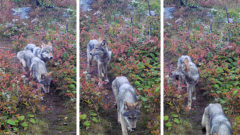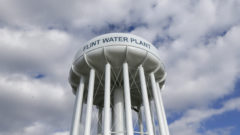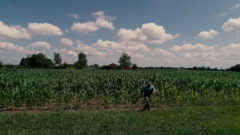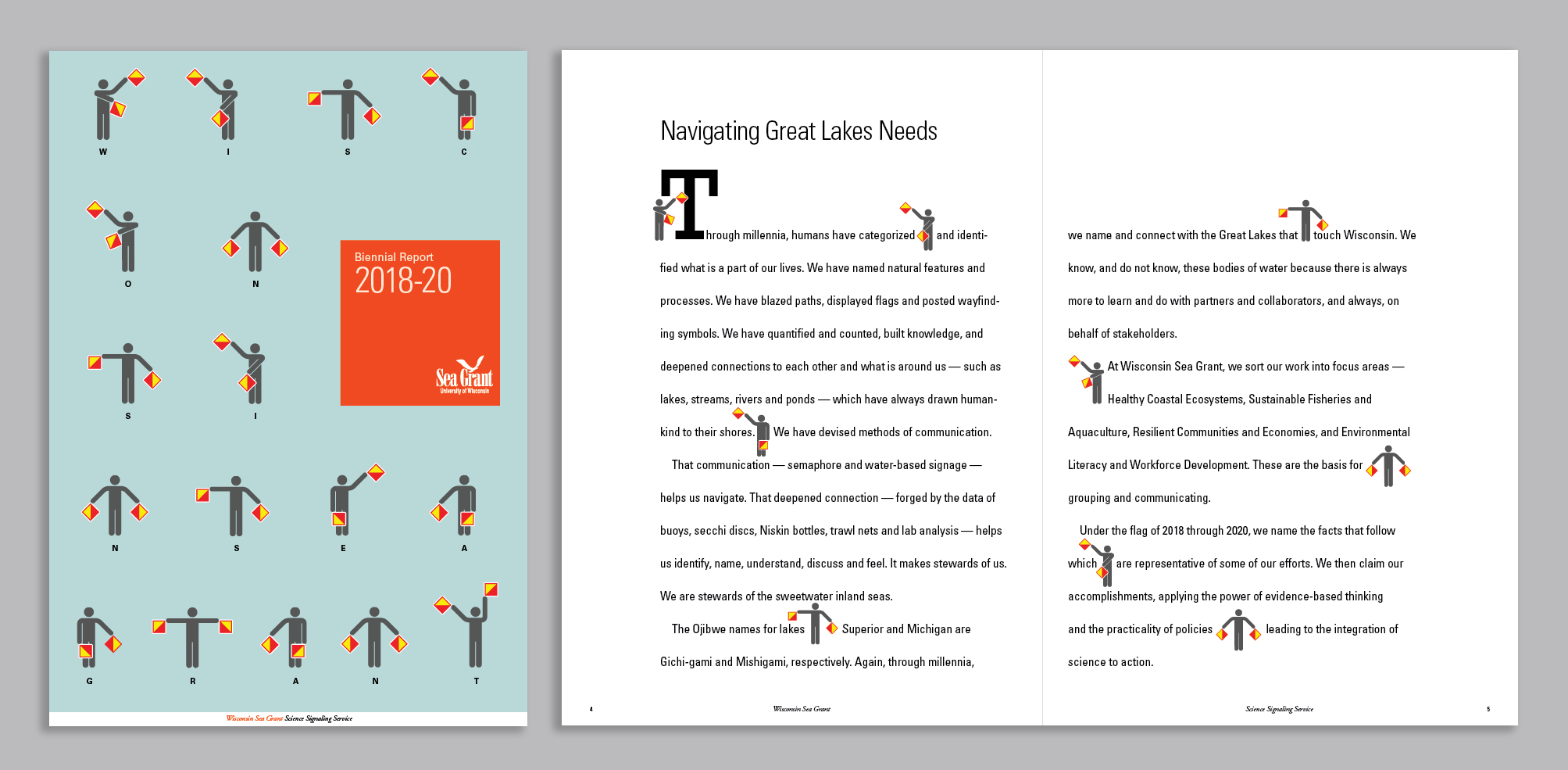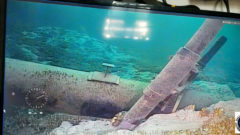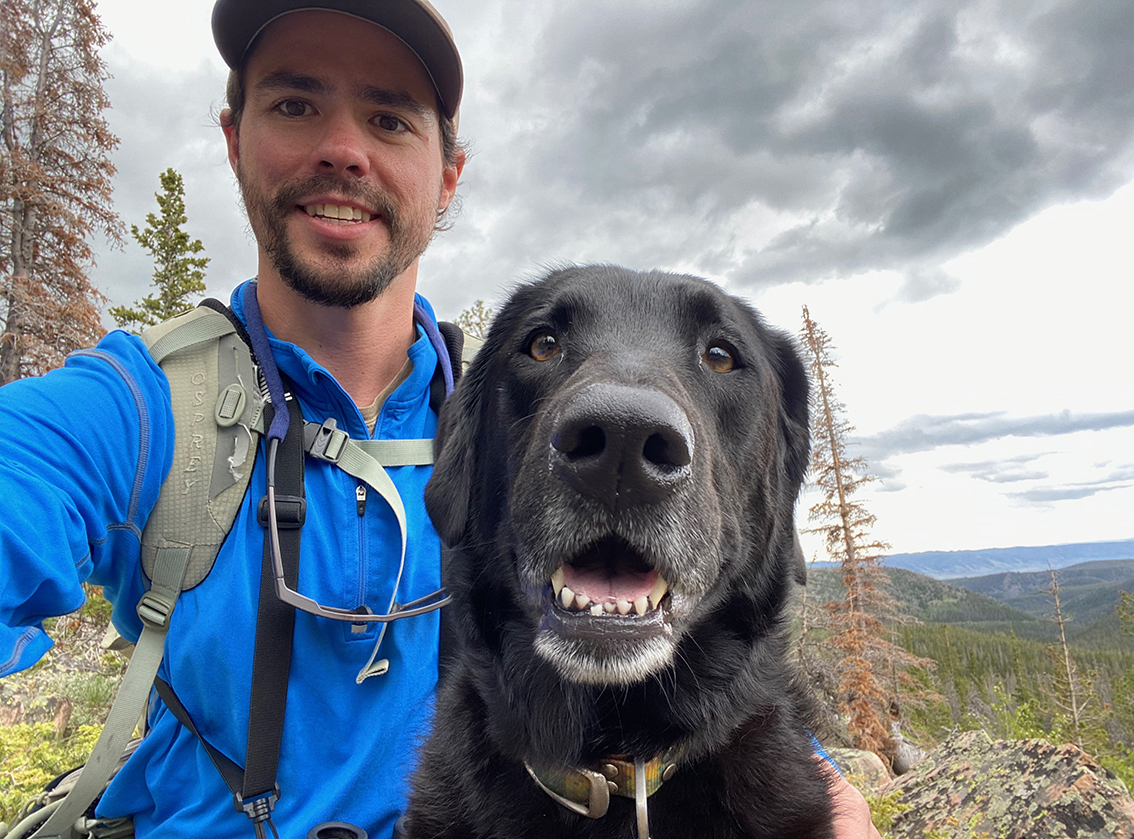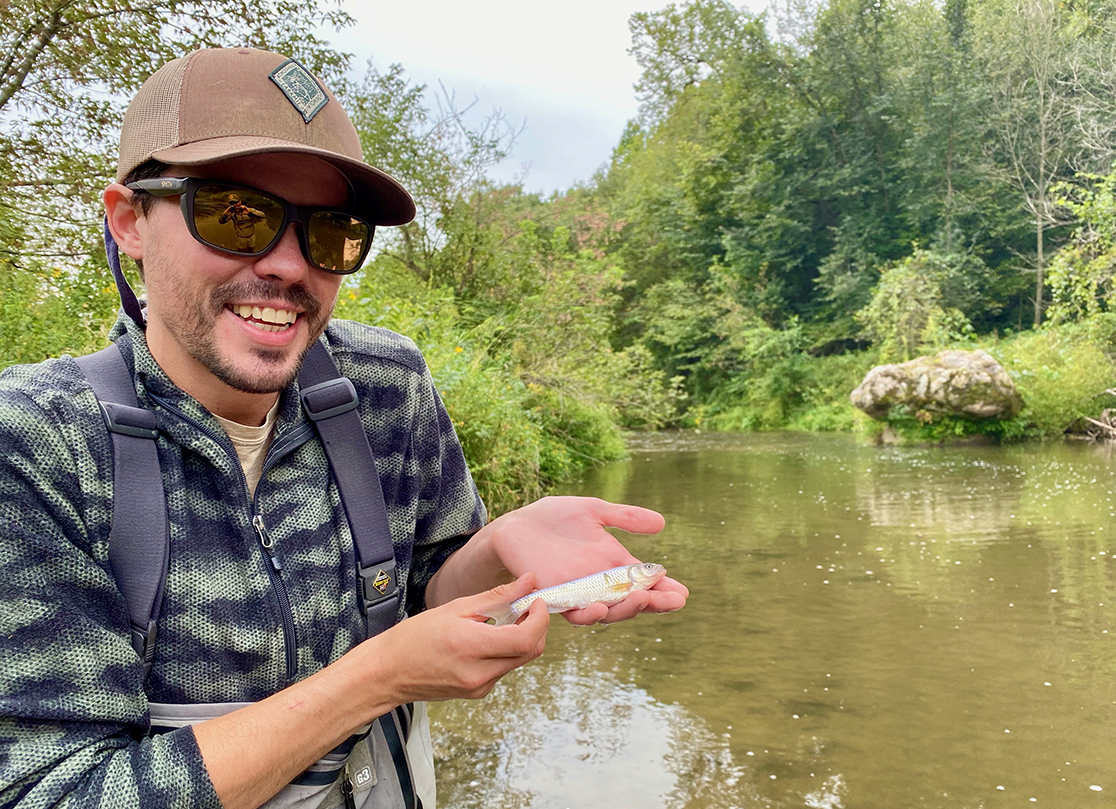Monarch butterfly endangered decision near as numbers dwindle
A decision is near on whether the monarch butterfly, an iconic and beloved pollinator that migrates through the Great Lakes region each year, warrants listing as an endangered species in the U.S. as its population counts dwindle due to habitat loss. Read the full story by MLive.
Great Lakes Commission
https://www.glc.org/dailynews/20201210-monarch-butterfly

